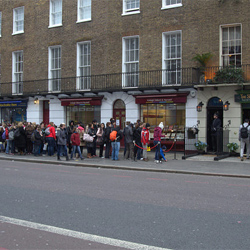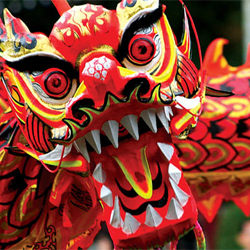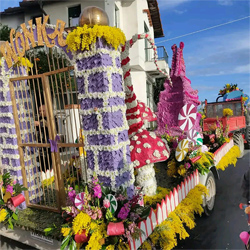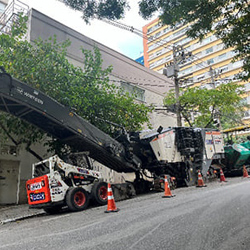The human use of mushrooms has very ancient roots: already in prehistoric times these forest products were a source of food during the year when fruit and plants were not readily available. Shamans have always used mushrooms in their rituals, while the most poisonous ones were used as lethal weapons.
One cannot speak of the Ligurian woods without talking about mushrooms.
Our territorial heritage is reflected in the great variety of environments that we find in our region, squeezed between the mountains and the sea.
All Ligurian forests are full of mushrooms because the climate and the great woodland richness of this region allow to have a season of mushroom collection that is prolonged for at least 9-10 months a year.
The Ligurian mushroom season begins, in fact, around February, although the most sought-after porcini are available from the Fall.
In reality under the generic name of porcino are grouped four species, each of which is different from the others for morphological characteristics, period and places of growth.
The so-called Boletus edulis is a species that makes its appearance in the middle of summer and continues to present itself until the first colds, typically growing in beech forest, but also under firs and other trees and it is the porcino par excellence, the one everyone hopes to find because it’s the most exquisite and expensive kind.

Pasta with fresh porcini mushroom is a seasonal favorite
Thanks to the heavy rains we had towards the end of last Summer and Fall, the mushrooms season was particularly successful this year and mushrooms were present in abundance throughout our Liguria region.
Many people erroneously believe that the mushroom season is limited to the Fall but in Liguria, thanks to its mild weather and the sea, the season extends to the Winter time.
But there are not many fans of Winter mushrooms. Perhaps because many collectors aim at picking Porcini mushrooms (only available in the Fall) to sell them to local grocery shops to earn some money or because the cold makes people lazy and less willing to wear rubber boots and go around the woods.
Sometimes it is the snow or the stagnant rain to discourage collectors, sometimes the strong wind but much more often, people are unappreciative of the types of mushrooms available in this season.
But truth is that Winter mushrooms have excellent organoleptic qualities, which make them indispensable for recipes.
I asked a friend who has a license to pick mushrooms (required in our region) and he told me that the main types available around this time of the year are: boleto d'inverno, leccino and winter porcini. The latter is not a real Porcino but it is very reminiscent of a Porcino with a stubby stem and a round and dark cap.
But the most typical winter mushroom is the fungo dell’olmo.
Not everyone knows it and not everyone appreciates it because it has a slightly sour taste and because it has an anti-freeze which covers it, which doesn’t completely go away during the cooking, giving a cold feeling to the palate. The Olmo mushroom is ideal to make soups and it owes its name from the Olmo tree (elm), because the mushrooms is found near the roots of this tree.
Festivals and feasts dedicated to this product are held throughout the region and mushrooms fairs usually go along with chestnuts fairs, which, after risking their disappearance due to the attack of the Chinese vespina bacteria, they returned to fill the Ligurian forests just recently.
It was a great victory to have the Ligurian chestnut available once again, even if there is still a high risk of buying foreign chestnuts in our supermarkets, without knowing it, coming mainly from Turkey, Spain, Portugal and Greece. More checks are needed on the origin of the chestnuts put up for sale to protect local produce and local producers who are struggling to keep the product safe and thriving. If the consumers want to be sure of the origin of the product it’s always best to buy at the local farmers' markets or go directly to the farms or, even better, to participate in the chestnuts gathering events organized in the woods to rediscover the pleasure to walk in the woods and collect chestnuts with a straw basket.

Ligurian chestnuts are fleshy and yummy



























































